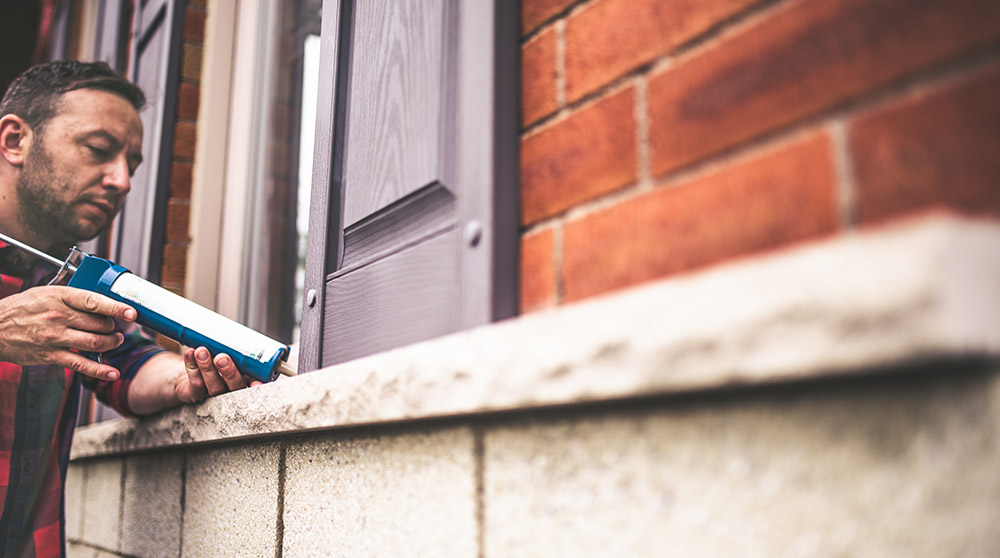There’s another odorless gas – in addition to carbon monoxide – that could be present in your home and affect the health of you and your family.
Radon is an invisible gas that, according to the National Safety Council, causes about 20,000 lung cancer deaths in the United States annually. It’s formed when a radioactive element breaks down and can seep into structures and water supplies. It’s often detected in lower levels of homes like basements, slabs and crawl spaces because of their proximity to rocks and soil.
Protect your home with these radon safety and testing tips.
How to test for radon at home.
The only way to identify radon is to test for it. There are two types of at-home testing kits available. The short-term kit is left in place for several days, where the long-term kit collects samples for a minimum of three months. You can also have a qualified professional come out to your home or request your management company conduct a test if you live in a managed building or community. If you live in a home or apartment located below the third floor, it’s recommended you test for radon as a precautionary measure.
Radon tests estimate the radon level in your structure by a measurement called picocuries per liter (pCi/L). According to the Environmental Protection Agency, “The maximum acceptable level of radon is 4.0 pCi/L, but even that level is not safe, per se.” The Agency recommends you consider taking steps to mitigate radon between the levels of 2.0 and 4.0 pCi/L.
How to decrease radon levels.
If you found out your radon levels are higher than desired, there are a few things you can do. If you started with a short-term testing kit, run a long-term testing kit to confirm the results. Then, follow radon safety measures like:
- Sealing cracks in your walls, floors and other home access points.
- Hiring a contractor to inspect your home and recommend systems based on your structure’s slab type.
- Implementing a radon reduction system with help from a professional.
- Using house or room pressurization to circulate air into the lower level and stop radon from entering the home.
- Facilitating natural ventilation by opening windows, doors and vents on the lower levels.
Radon may be an invisible threat, but you can uncover your structure’s risk and protect your loved ones into the future. Talk to a local, independent agent about other ways to protect your home.


